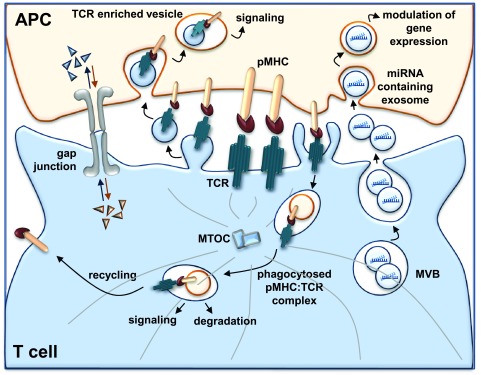Figure 1. Cell-to-cell communication at the immunological synapse (IS).
The IS functions as a device for transcellular communication by exploiting different mechanisms: (i) polarized transfer of T-cell antigen receptor (TCR)-enriched vesicles from T cells to antigen-presenting cells (APCs), which promotes early signaling in the recipient cells; (ii) release of miRNA-loaded exosomes from T cells which modulate gene expression in APCs; (iii) trogocytosis of peptide-major histocompatibility complex:TCR (pMHC:TCR) complexes during TCR internalization, which is associated with both sustained signaling and surface expression of pMHC in T cells, the latter conferring to T cells the ability to present antigen to other T cells; and (iv) gap junction assembly between T cells and APCs that allows the exchange of soluble molecules at the IS. miRNA, microRNA; MTOC, microtubule-organizing center; MVB, multivesicular body.

